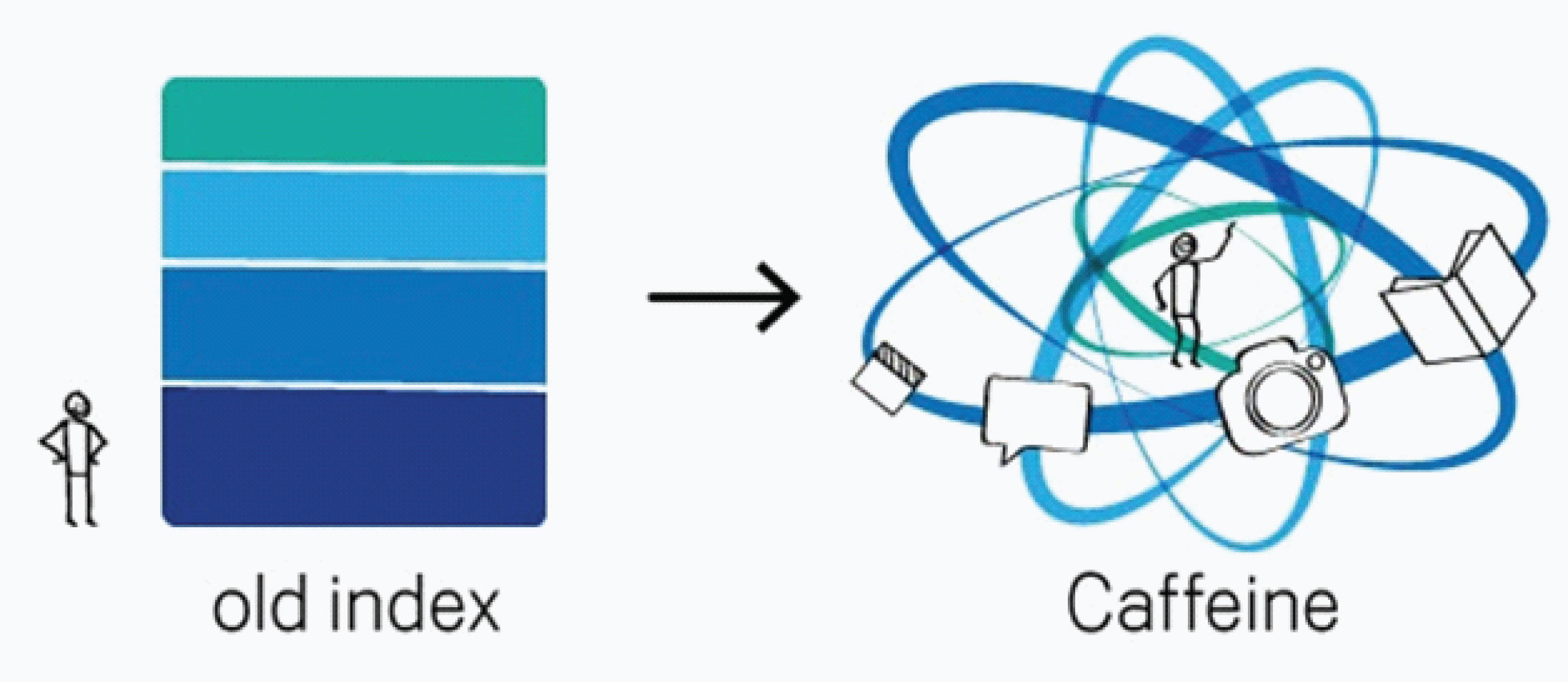Notice: Undefined variable: i in /hermes/bosnacweb09/bosnacweb09ao/b907/nf.pcmin/public_html/elizabethgage/blog/wp-content/themes/bird/archive.php on line 12
Sunday Jun 27, 2010

One day I was on the driving range with a golf pro with the goal of improving my 150 yard drive when all of a sudden a rather stout man with a beer belly and ciggarette in his mouth effortlessly tee’d a 250 yard shot. I mean how does that work? Do you need to drink several bottles of beer? They say you get bad breaks from good shots and good breaks from bad shots. I don’t know if this is true as it seems to me regardless how anyone finishes the game it is really about playing the ball where it lies.
Golf is a lot like business. You have to turn every challenge into an opportunity and cease the moment. So, if you hit out of the trap with gusto only to find the ball hits the lip and settles back in the sand next to you consider this only a temporary setback in the game and call Davis Love immediately.
Incidently, the golf pro wrote me a prescription for a new driver and I am now teeing off at 180 yards.
By Elizabeth Gage | Comments (0)
Monday Jun 21, 2010
After almost a year of testing-and-talking about a new and improved search technology, Google finally announced the completion of their new Caffeine index earlier this month. As we know, “search” is Google’s core offering and when they first started testing the new technology last August, they promised that the improvement would represent the most significant upgrade to the basic crawl-for-page-rankings technology since 2006.
Here’s a visual that compares the old Google index technology with the new Caffeine index:



To better understand, it’s important to know that when you type in keywords in Google’s search box, you’re not actually searching “the web”; you’re searching Google’s index of the web. Whatever they find, you find.
As illustrated in the diagram above, the old technology was built on layers. Refreshing any one of those layers involved a complete analysis of the web (yes, the entire web). Even the main layer was updated only every couple of weeks so you can imagine the delay between Google finding a page, analyzing its relevance, adding it to their index, and finally ending up in your search results.
The objective of the new indexing technology was speed and comprehensiveness. With Caffeine, Google analyzes the web in smaller portions and updates their search index both continuously and globally. The result is fresher and more inclusive information for searchers.
Google updated their index technology to meet searcher’s expectations. With the advent of images, real-time updates and videos, the internet is becoming a more multifaceted medium and both searchers and publishers expect the latest and most relevant content to appear in search results.
According to Google, Caffeine meets that expectation by providing 50% fresher results than the old technology as it processes hundreds of thousands of pages on a continuous basis. To demonstrate the concentration of this process, if the web pages that go through its “crawl process” were a pile of paper, the pile would grow taller by three miles per second!
Benefitting both searchers and publishers alike, Google’s new Caffeine index processes more web content than ever before. This includes news stories, blog posts and forum comments; providing links to relevant content much sooner after its publication than was possible with the old technology.
According to Carrie Grimes, a Google Software Engineer, “We’ve built Caffeine with the future in mind. Not only is it fresher, it’s a robust foundation that makes it possible for us to build an even faster and comprehensive search engine that scales with the growth of information online, and delivers even more relevant search results to you.”
Google’s new Caffeine index is especially good news for businesses.
“The main difference is that businesses will see searchers arriving faster on their websites because Caffeine can index pages much more quickly than our previous system. The nice thing is that Google users will see fresher results without users (or business owners) needing to do anything special,” stated Google Engineer, Matt Cutts, in a recent one-one-one post over at Entrepreneur Daily Dose.
To expand on Cutts acknowledgment of the new technology’s efficiency, Google’s new Caffeine provides businesses with a powerful springboard for increasing awareness, engaging customers and ultimately boosting revenue. The opportunity for implementing successful web stratagems has also increased by an equivalent 50%.
That’s good news indeed!
By Elizabeth Gage | Comments (0)
Sunday Jun 20, 2010

“The eyes are blind, you must see with your heart”
Rereading “The Little Prince” this weekend, one of my favorite books from my childhood, reminded me how true it is that language can so often get in the way of communications. One sees clearly only with the heart as anything essential is invisible to the eyes. “The Little Prince” is a marvelous story of strength and hope and a boys love for a rose. Although its labeled a childrens book it is full of lessons for adults.
By Elizabeth Gage | Comments (0)
Thursday Jun 17, 2010
 Find yourself in a bottleneck? Well ‘make it simple, and make it happen’ that is my motto. Stephen Lynch from www.results.com says the first thing you need to do as a leader to cross the ceiling of complexity is to “Get out of the way!” Then you need to simply everything you do and get everyone on the same page and caring about the results. Jim Collins in his book “Good to Great” says that “building a great company requires 1% vision and 99% execution”. So if you run into a CEO who describes himself as a “visionary” …RUN!
Find yourself in a bottleneck? Well ‘make it simple, and make it happen’ that is my motto. Stephen Lynch from www.results.com says the first thing you need to do as a leader to cross the ceiling of complexity is to “Get out of the way!” Then you need to simply everything you do and get everyone on the same page and caring about the results. Jim Collins in his book “Good to Great” says that “building a great company requires 1% vision and 99% execution”. So if you run into a CEO who describes himself as a “visionary” …RUN!
By Elizabeth Gage | Comments (0)
Monday Jun 14, 2010
According to Gartner Inc., 2010 is expected to be a big year in mobile application downloads with a forecasted $6.2 billion worth of downloads. Compared to the $4.2 billion spent in 2009, mobile app downloads are on an obvious incline.
The question is: what is everyone downloading? A statement by Stephanie Baghdassarian, Research Director at Gartner, answers this question well:
“Games remain the number one application, and mobile shopping, social networking, utilities and productivity tools continue to grow and attract increasing amounts of money.”
Increasing amounts of money for whom? According to Gartner, Apple practically owned the market in 2009 and if the forecasted numbers for 2010 are accurate, Apple should hold on to a minimum of two-thirds of the growing market this year.
Whether mobile app downloads is a passing fad or not, can be answered by looking at the forecasted numbers. Gartner further predicts that 2013 will see app downloads in the 21.6 range for a total of $29.5 billion in revenue. At least 25% of this revenue will be generated from free download versions, supported by advertising.
“Growth in smart phone sales will not necessarily mean that consumers will spend more money, but it will widen the addressable market for an offering that will be advertising-funded,” explains Baghdassarian.
It seems that our mobile turned world has revolutionized the whole concept of advertising.
However, the challenge ahead for mobile application developers are the new fees the carriers are going to charge consumers for the usage of these apps. Currently consumers are hogging a lot of resources over the wireless networks. Since the iPhone came on the market data consumption has gone through the roof. The carriers may have no other choice than to up prices or put caps on usage. One thing is for certain is that the days of fixed data plans are over.
The innovative culture at Apple will continue to test the mettle of the carrier network. The iPhone 4 along with the HTC Evo 46 are going to turn consumers on with amazing video viewing on their new high resolution screens.
The next-generation of mobile customer may very well be known as the “network hog generation”.
By Elizabeth Gage | Comments (0)

 Call me now: 650 273 5600
Call me now: 650 273 5600










